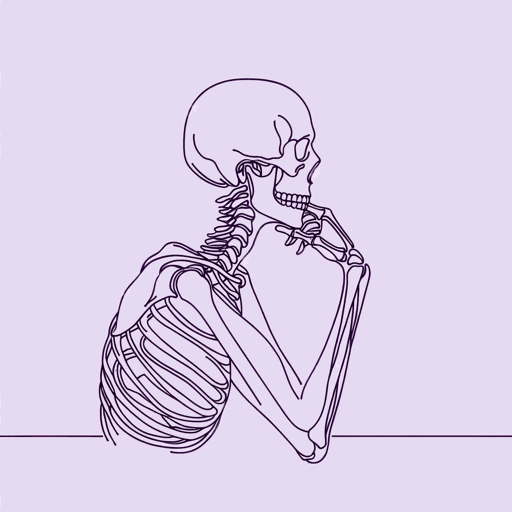20 pages • 40 minutes read
William Butler YeatsDeath
Fiction | Poem | Adult | Published in 1933A modern alternative to SparkNotes and CliffsNotes, SuperSummary offers high-quality Study Guides with detailed chapter summaries and analysis of major themes, characters, and more.
Summary and Study Guide
Overview
Published in his 1933 collection The Winding Stair and Other Poems, “Death” was written a few years prior by Irish poet W. B. Yeats. This short poem exemplifies some of the tendencies of Yeats’s later writing: pared-down diction, spiritual concerns, and a tone of solemnity. Despite these similarities, “Death” does not resemble some of the other notable features of Yeats’s famous late poems, including their tendency to play with formal elements or include occultic imagery and themes.
While ostensibly written as a response to the assassination of Irish political figure Kevin O’Higgins, Yeats’s poem is also a reflection on mortality in general and—perhaps unavoidably—on the approaching death of the poet himself in his last years of old age. While the poem is one couplet short of being a sonnet, it still remains conservatively formal for the time in terms of meter and rhyme. However, despite its end-rhyme and short lines, Yeats’s “Death” manages to sound natural, and its investigation into the reality of death gives it a timeless gravity even for contemporary readers.
Poet Biography
William Butler Yeats is often considered one of the most influential poets and literary figures of the 20th century. Born June 13, 1865 in Dublin, Yeats (pronounced “Yates”) belonged to a Protestant, Anglo-Irish minority that had been historically powerful in Ireland: the Ascendancy. Although members of the Protestant Ascendancy considered themselves English first rather than Irish, and Yeats had spent most of his childhood in London, he strongly affirmed his Irish identity in his poetry as well as his politics.
Yeats’s father was a painter, his siblings became artists or involved in the arts, and he himself studied painting in school as a youth. It was as a “paint-stained art student” that Irish nationalist and heiress Maud Gonne first encountered W. B. Yeats while both were in their early twenties (Foster, R.F. W. B. Yeats: A Life. Vol. I: The Apprentice Mage. Oxford University Press, 1997). Maud Gonne would become an important poetic muse and romantic figure for Yeats, who would pursue her on and off for the next few decades. Despite Yeats’s numerous proposals the two never married, and Yeats wouldn’t end up marrying until his early fifties. Despite proposing marriage to (and being rejected by) Maud Gonne’s 23-year-old daughter Iseult only three weeks prior, Yeats married Georgie Hyde-Lee, with whom he went on to have two children.
Along with his poetic and political interests, Yeats had a lifelong fascination with magic and the occult. At various points he studied theosophy, held seances, joined the occult Order of the Golden Dawn, joined a London paranormal group called The Ghost Club, and developed practices of automatic writing with his wife Georgie. Yeats’s Hermeticism was a strong influence on his writing, both by shaping his literary influences and determining the spiritual subject matter of much of his work.
Yeats wrote his first poem at just 17 years old, and he continued to write poetry, plays, and other prose for the remainder of his life. As his writing remained constant, however, his political involvements were intermittent. Although he had strong nationalist ideas and tendencies, Yeats also leaned aristocratic and conservative, often leading him to sympathize with Irish nationalist aesthetics while supporting right-wing British ideology. Later in life, Yeats served in political roles for the Irish Free State and even composed marching songs for fascist groups.
Despite his often strange and conflicting romantic, spiritual, and political lives, Yeats remains most remembered for his poetry. In 1923 he was awarded the Nobel Prize for Literature, and he continued to write until his death in France at the age of 73 in 1939. He is considered a central figure of Modernism, Irish and English literature, and an important influence on 20th-century poetry and art of all kinds.
Poem Text
Nor dread nor hope attend
A dying animal;
A man awaits his end
Dreading and hoping all;
Many times he died,
Many times rose again.
A great man in his pride
Confronting murderous men
Casts derision upon
Supersession of breath;
He knows death to the bone –
Man has created death.
Yeats, W. B. “Death.” 1933. Famous Poets and Poems.
Summary
The poet begins with a description of lack—neither “dread nor hope” have any part in the experience of a “dying animal (Lines 1-2). Just as Yeats makes the reader wait until the second line to learn what it is that is untouched by dread or hope, so he only reveals in the third line the real topic of the poem: human death. Unlike the unfeeling animal, a “man [who] awaits his end” dreads and hopes about everything (Lines 3-4). The first four lines can be split in half, with the first two describing the experience of death for an animal and the second two the experience of death for a human being.
Lines 5 and 6 introduce a new type of dying experience to contrast with the others, but again hold off on naming their subject. Line 7 reveals that it is the “great man” who dies and rises again “many times” (Line 5). This living and dying is more metaphorical than literal, however, which prepares the reader for the more poetic understanding of death which concerns the second half of the poem. First, though, the poet informs his readers that when the great man faces the risk of death from “murderous men” (Line 8) he is not filled with fear. Instead, the great man turns his nose up at death—he feels no great awe or dread at one breath following the other (Lines 9-10).
The final two lines show why the great man seems to not fear death, rounding out the third type of death compared in the poem. The great man “knows death,” understanding that it is a human creation (Lines 11-12). Thus, while the unthinking animal dies without dread or hope and the average person fears death, the great man approaches death with understanding and without fear.
Related Titles
By William Butler Yeats

Among School Children
William Butler Yeats
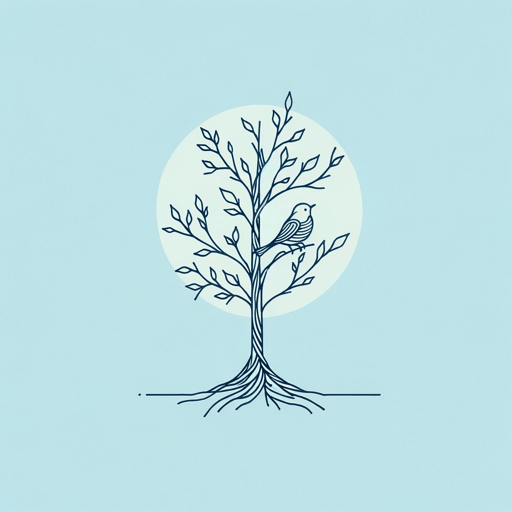
A Prayer for My Daughter
William Butler Yeats
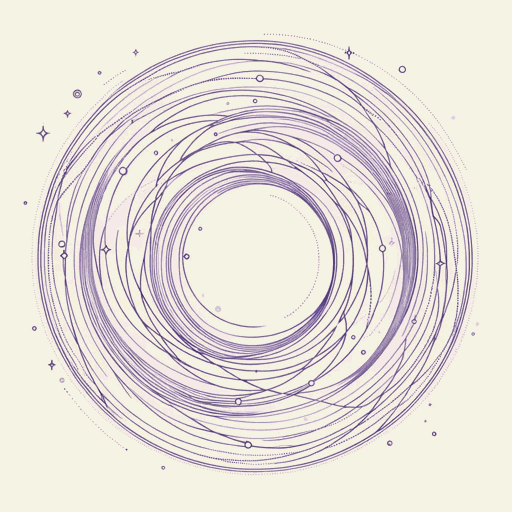
A Vision: An Explanation of Life Founded upon the Writings of Giraldus and upon Certain Doctrines Attributed to Kusta Ben Luka
William Butler Yeats

Cathleen Ni Houlihan
William Butler Yeats

Crazy Jane Talks with the Bishop
William Butler Yeats

Easter, 1916
William Butler Yeats

Leda and the Swan
William Butler Yeats

No Second Troy
William Butler Yeats
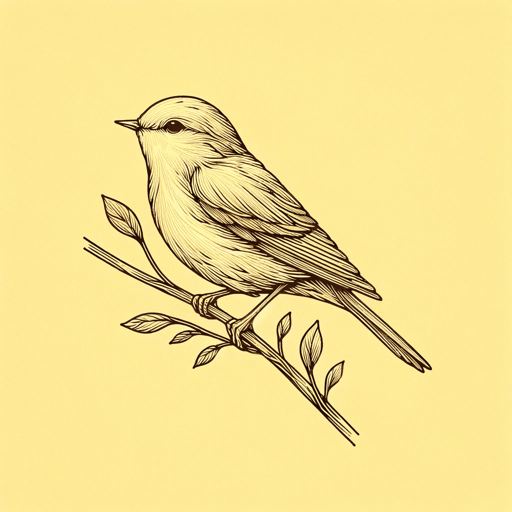
Sailing to Byzantium
William Butler Yeats

The Lake Isle of Innisfree
William Butler Yeats
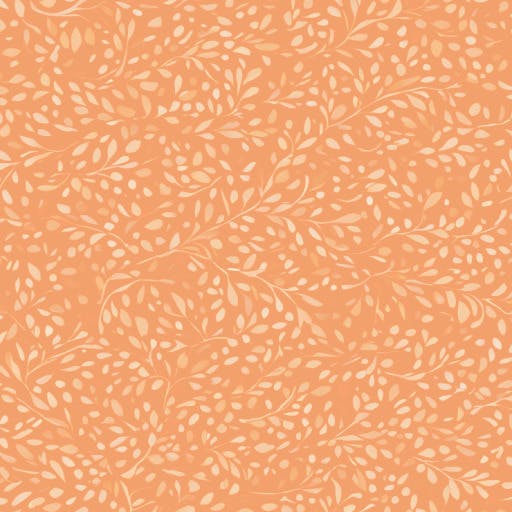
The Second Coming
William Butler Yeats

When You Are Old
William Butler Yeats
